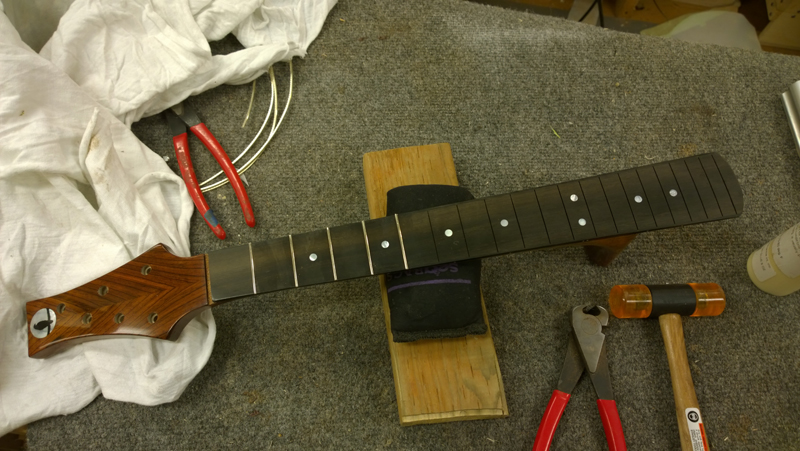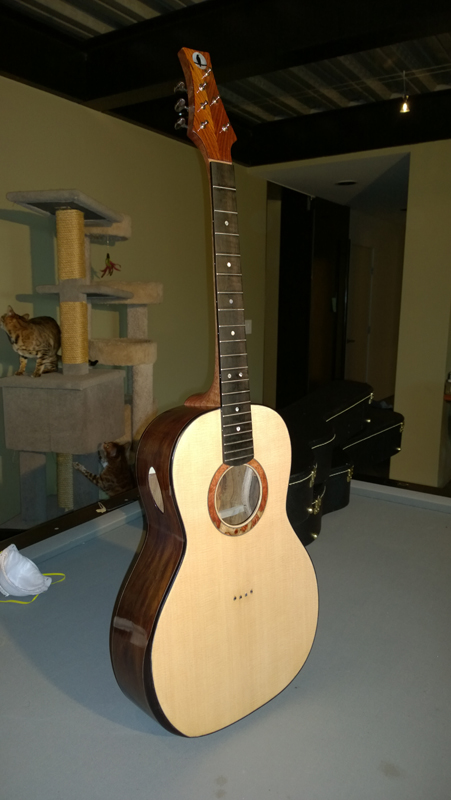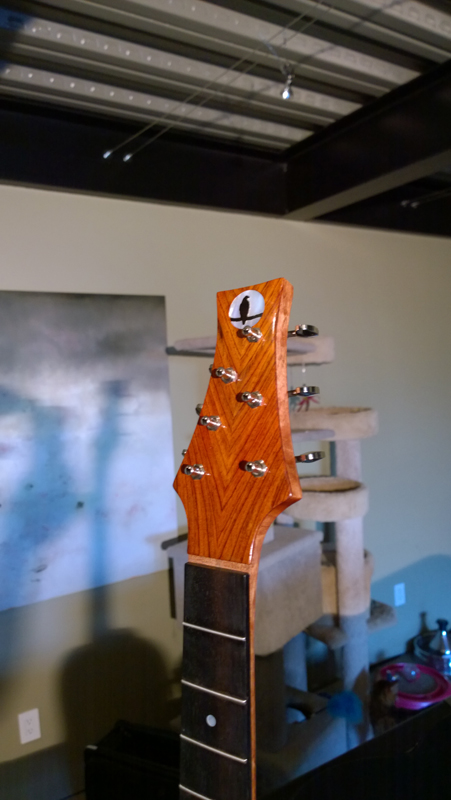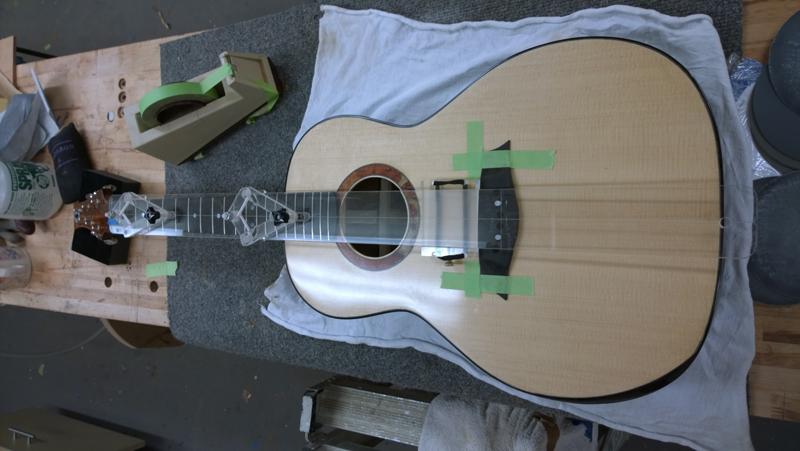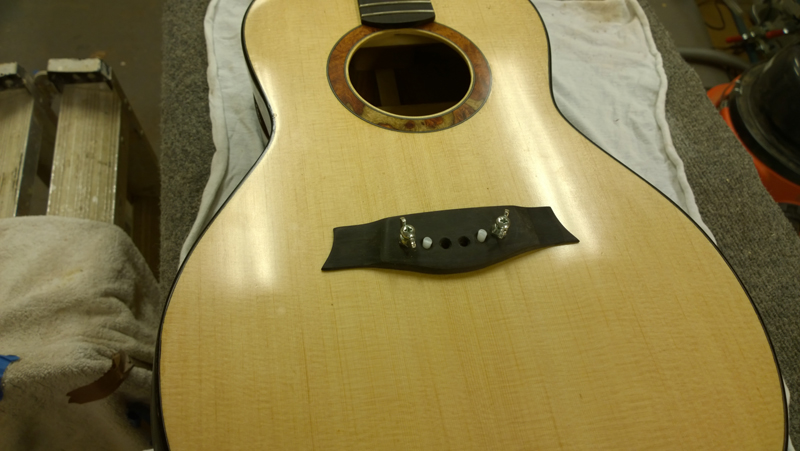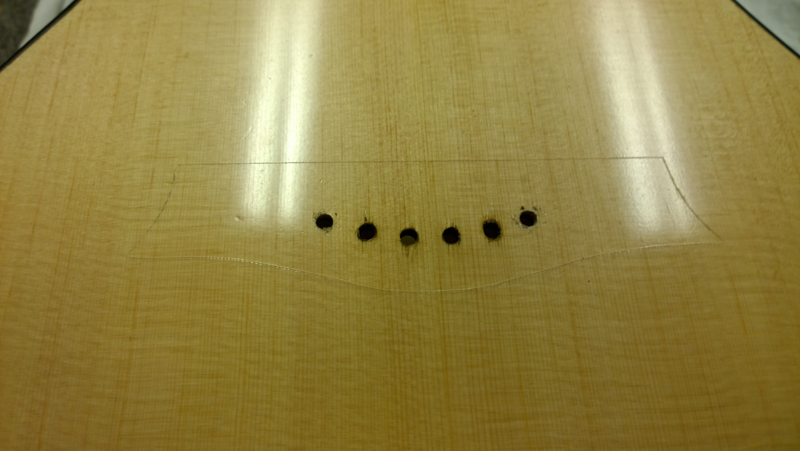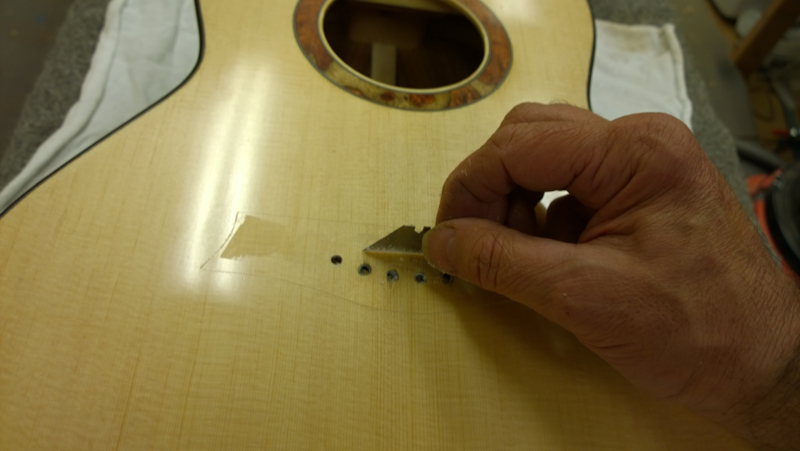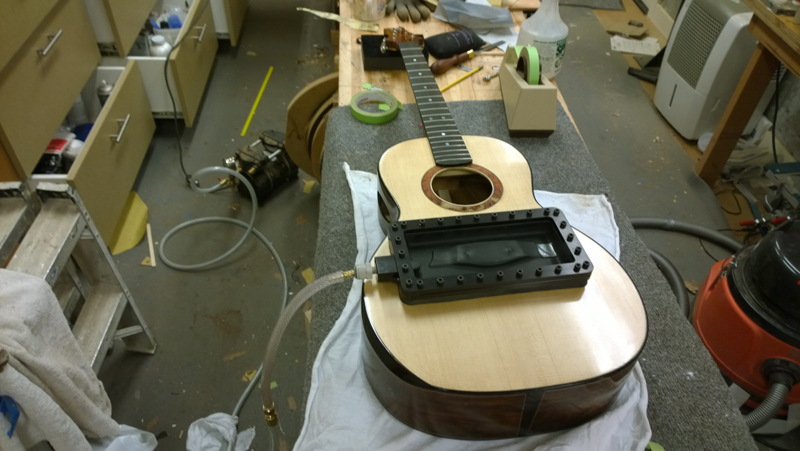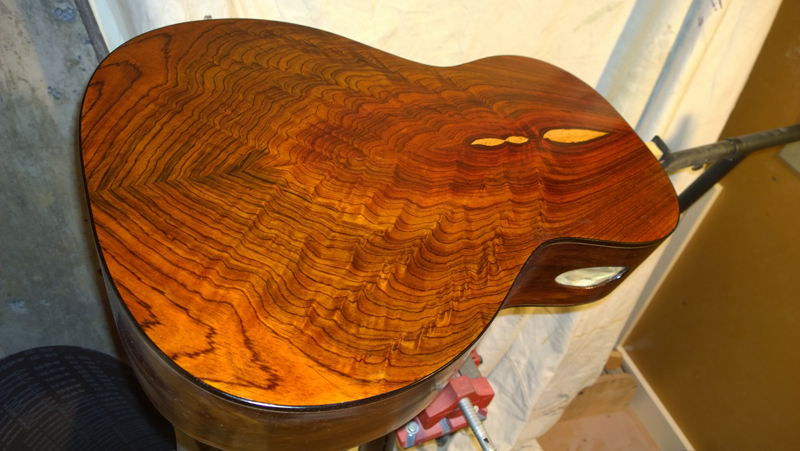
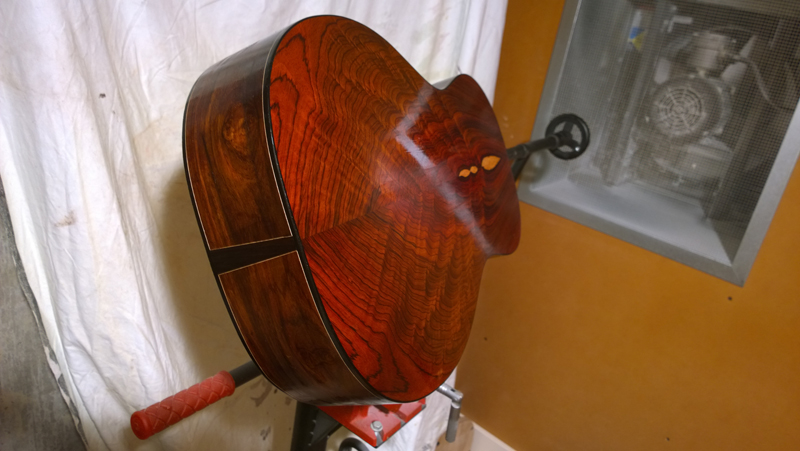
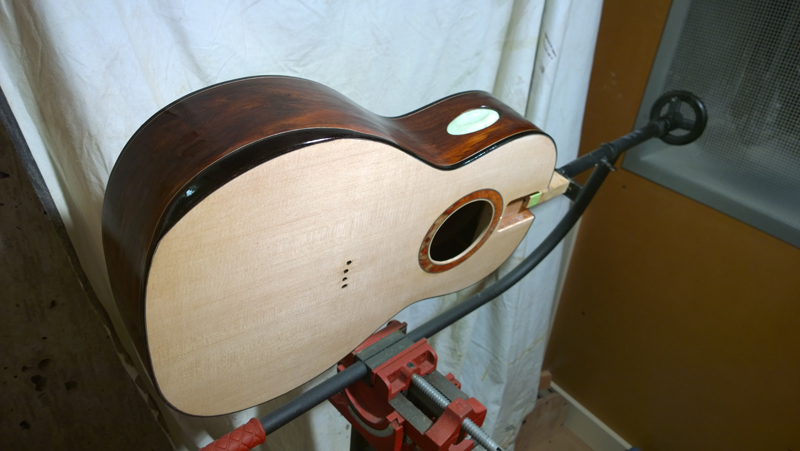
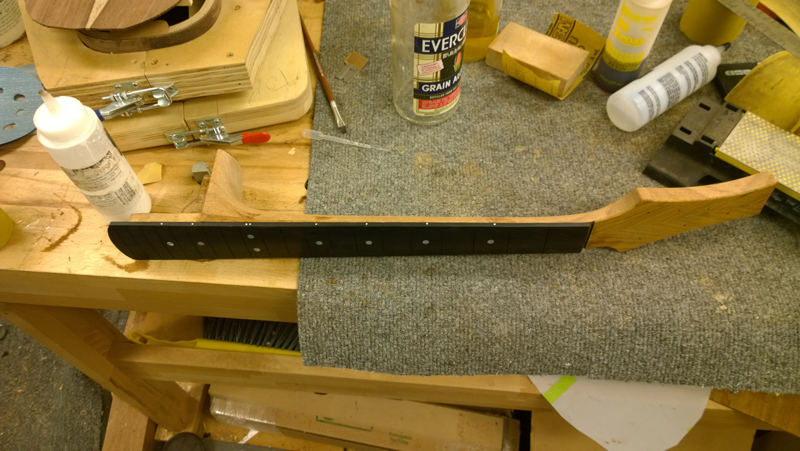
whoops there goes another bottle of Everclear.




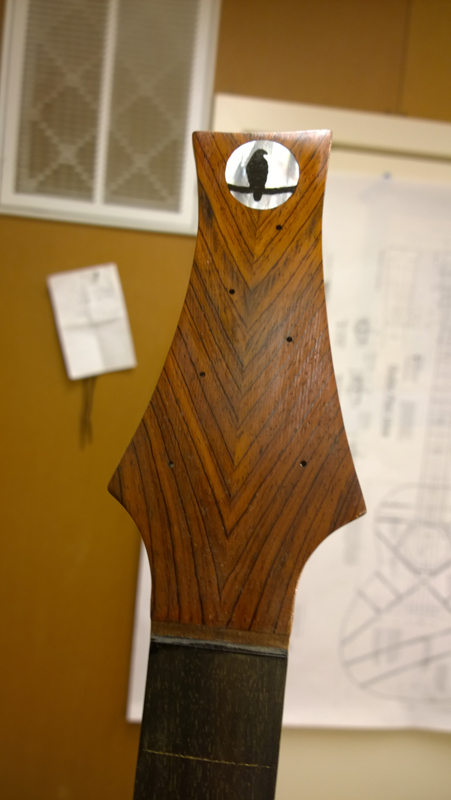
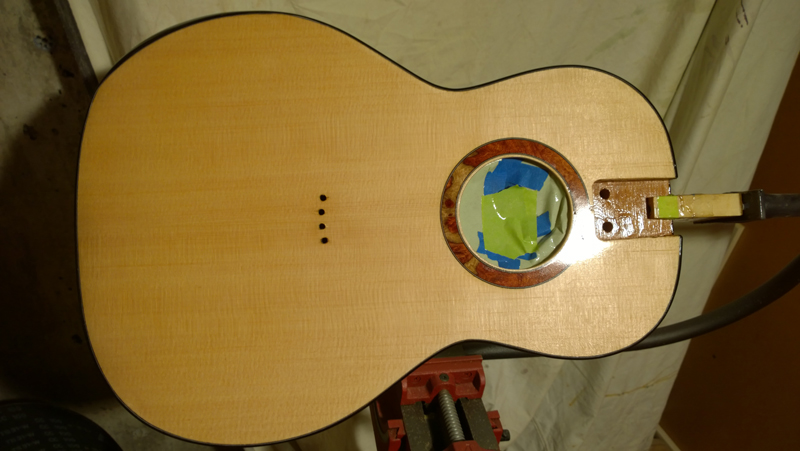
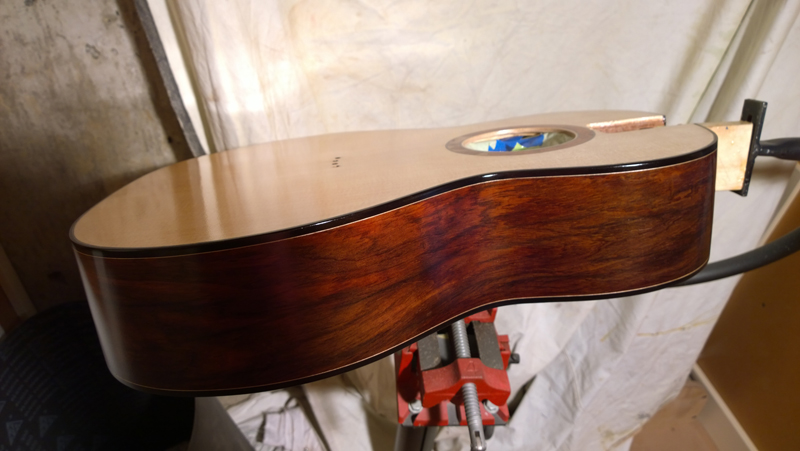
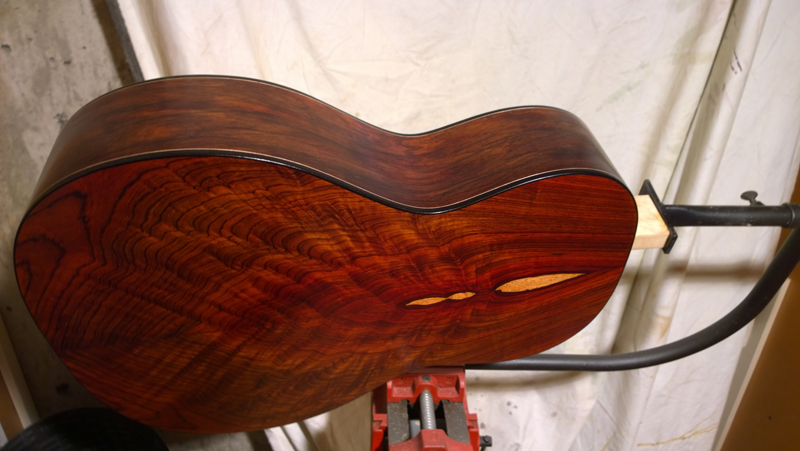
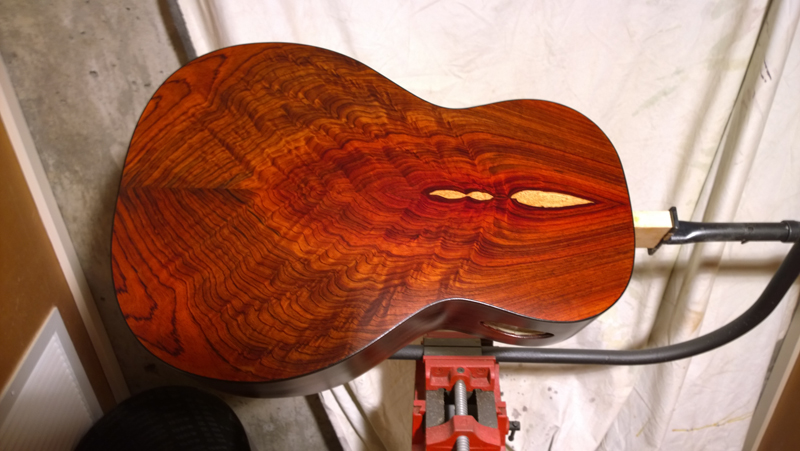
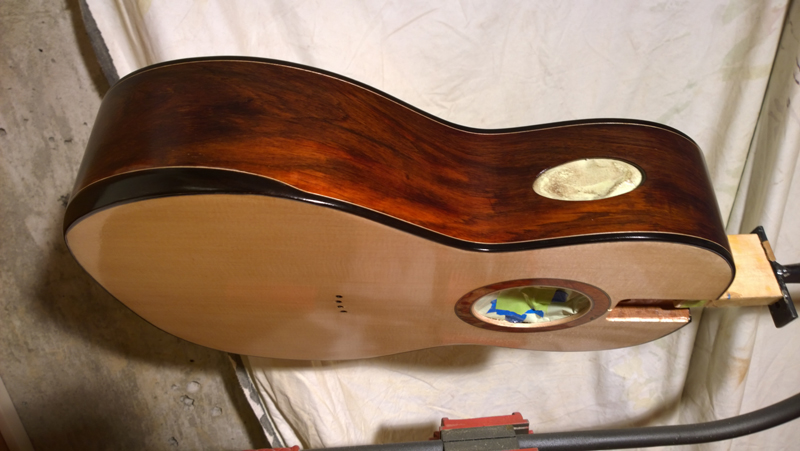
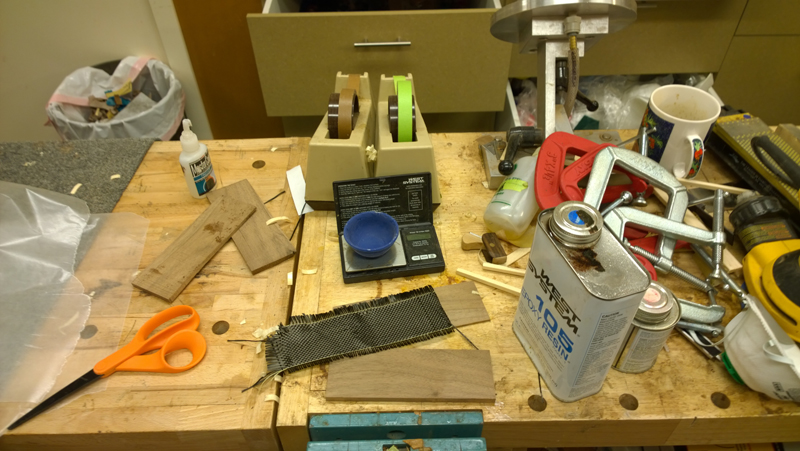
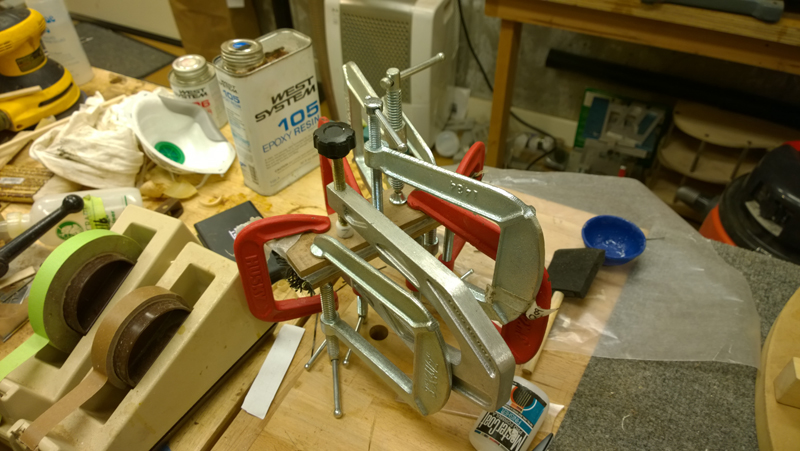
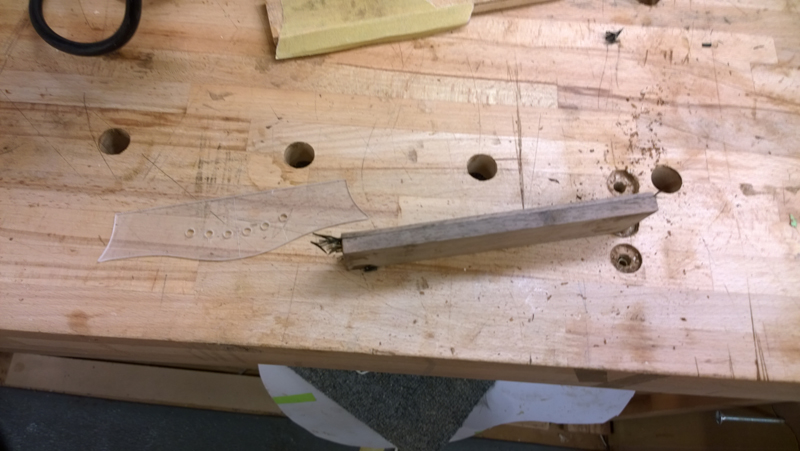
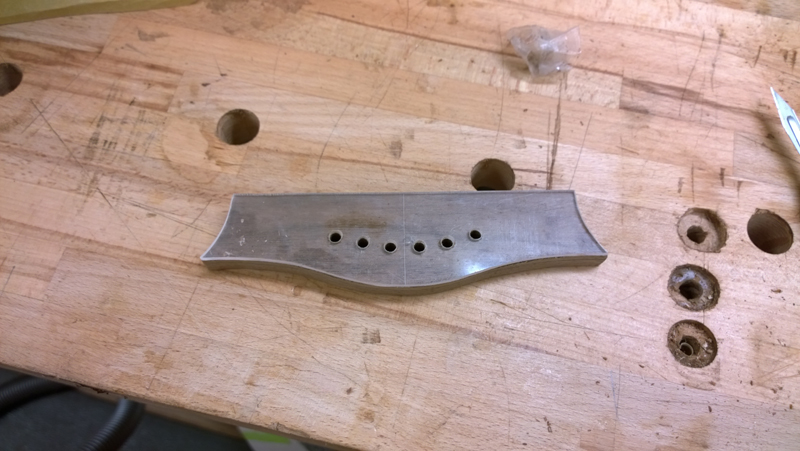
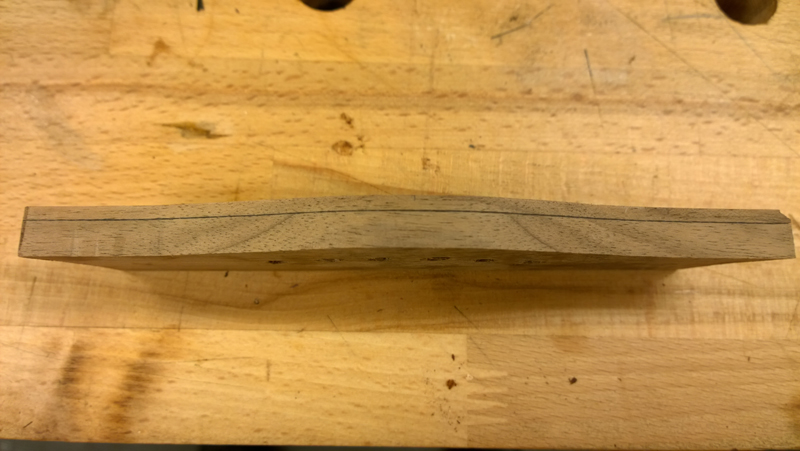
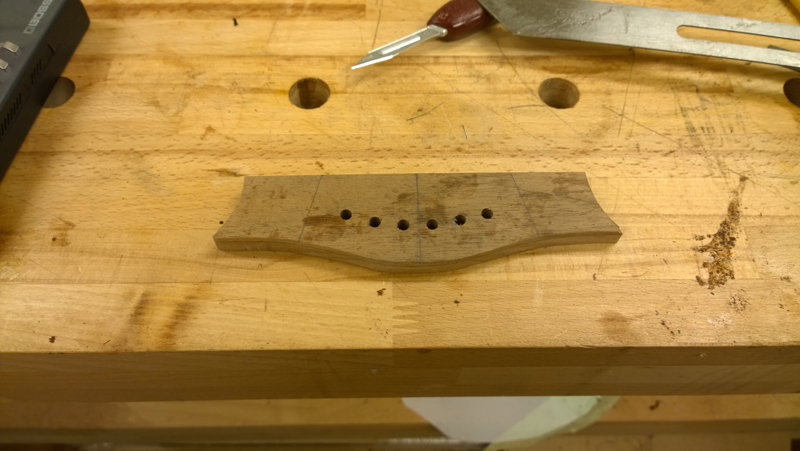
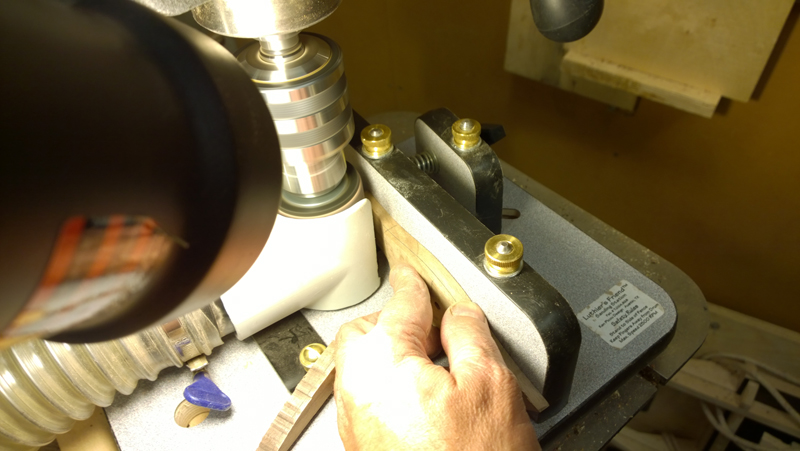
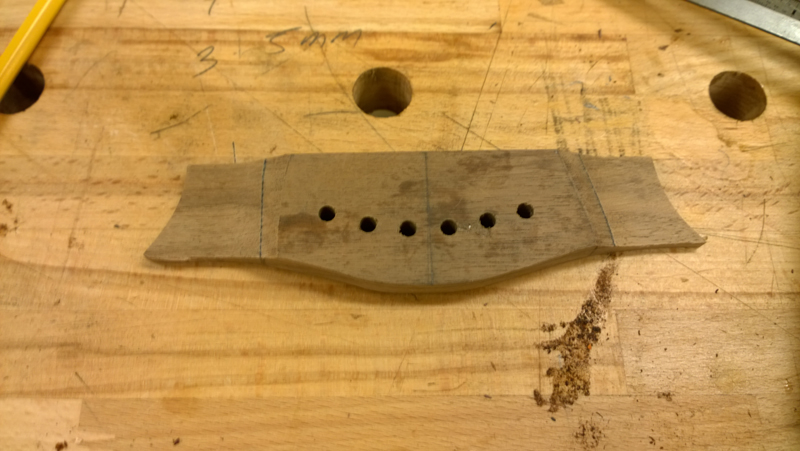
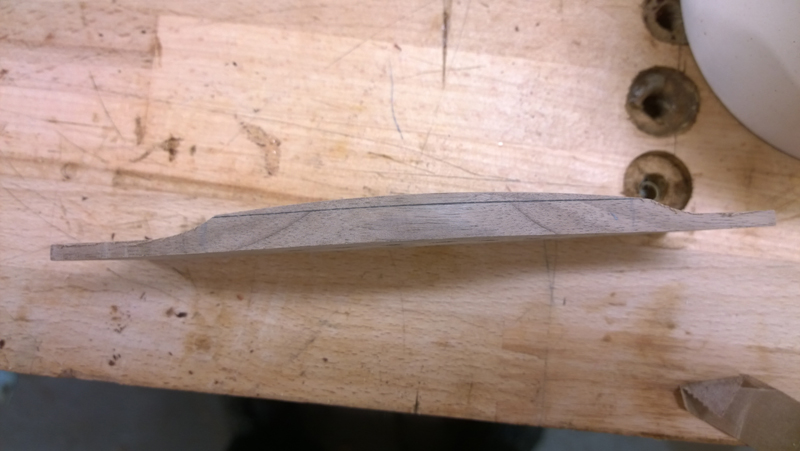
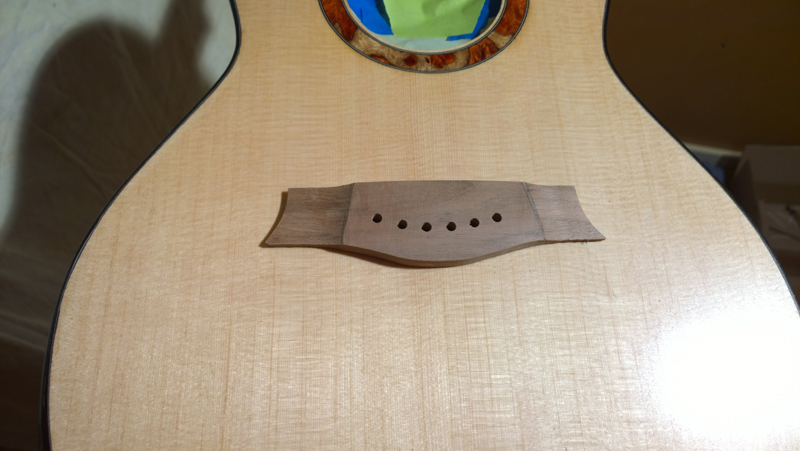
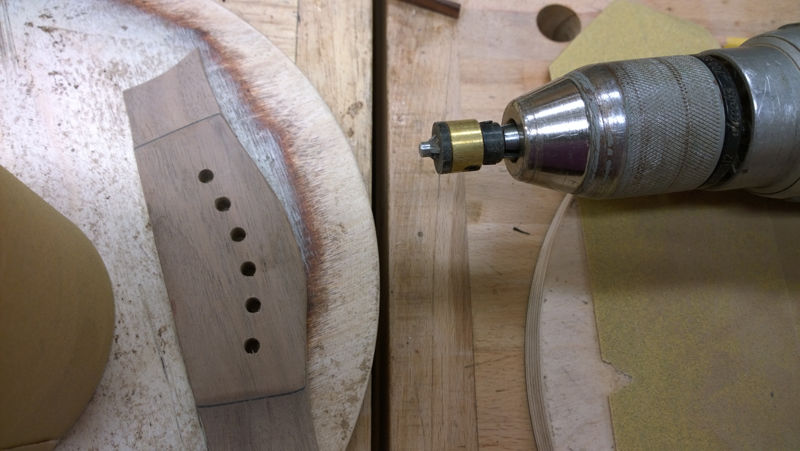
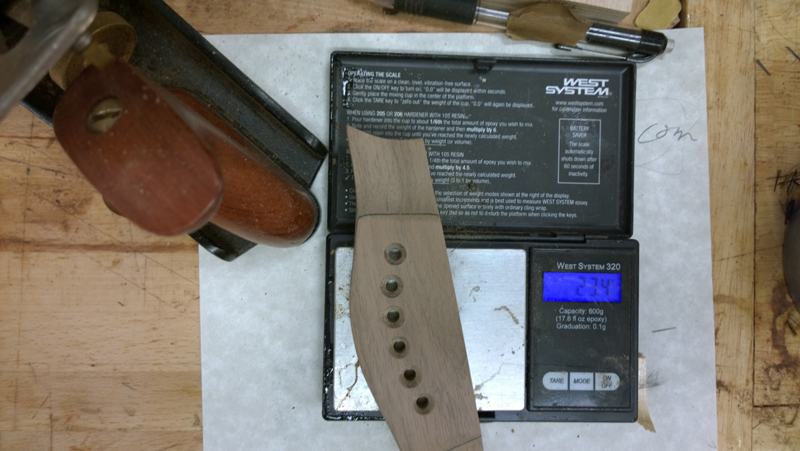
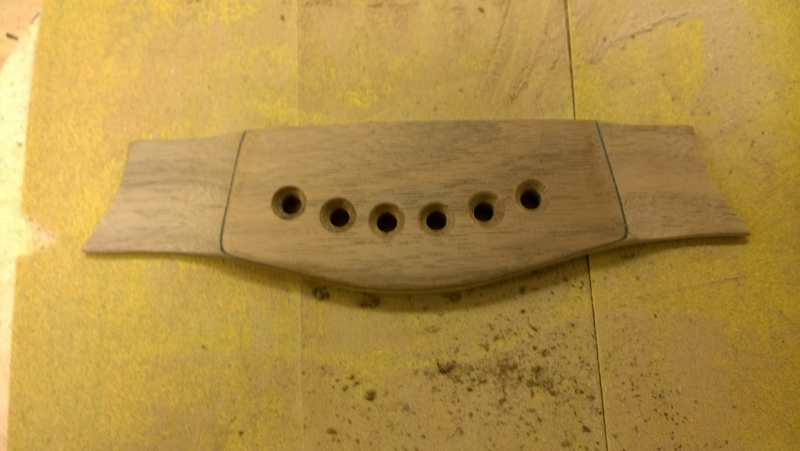
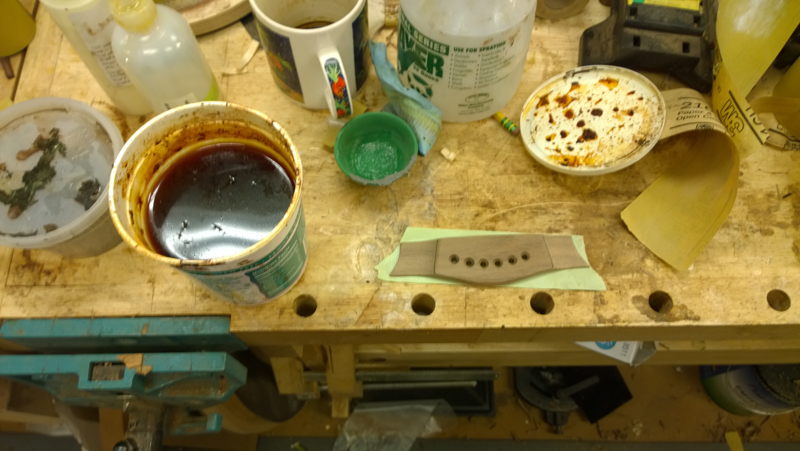
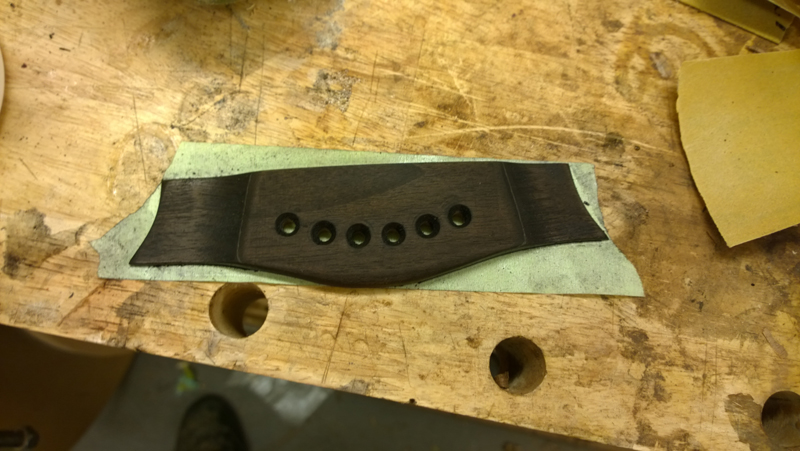
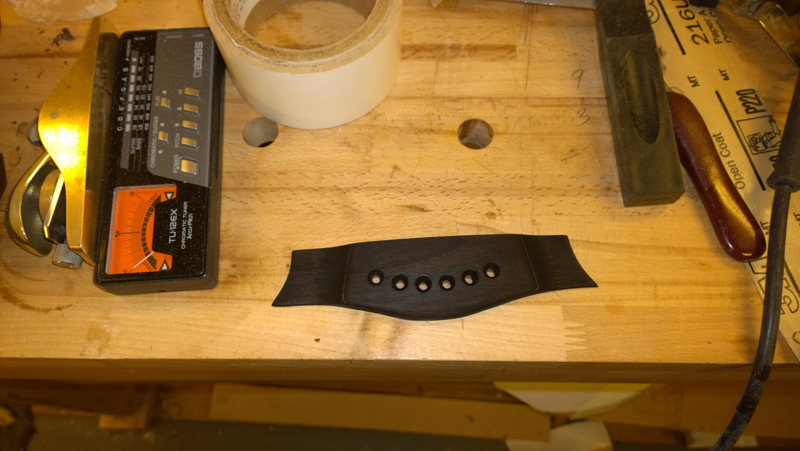
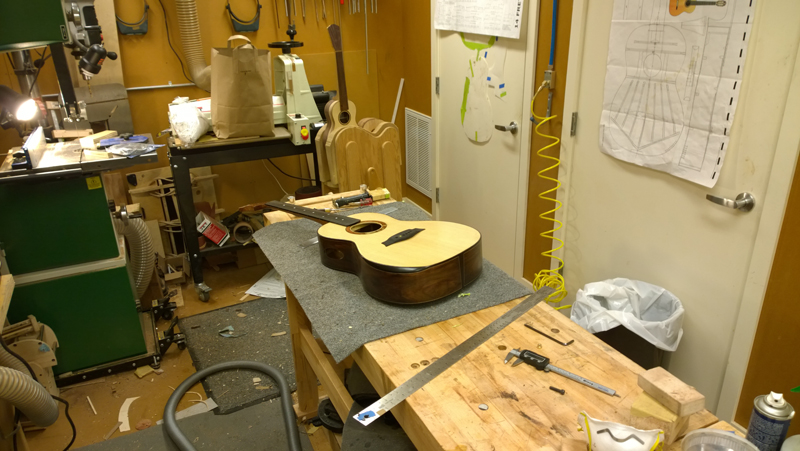
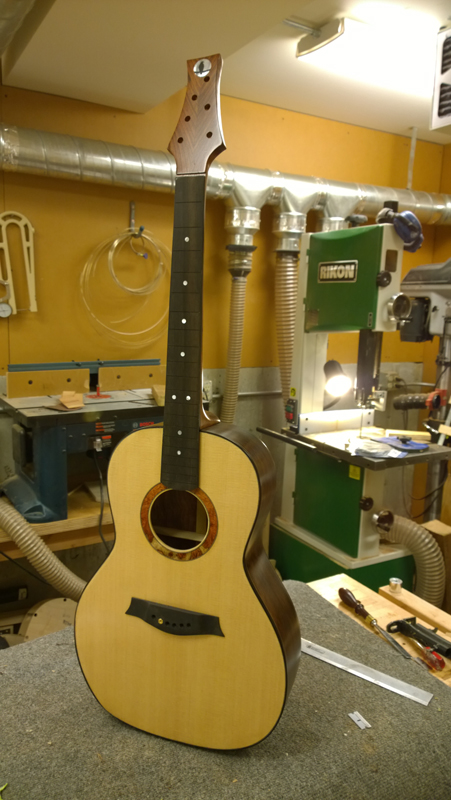
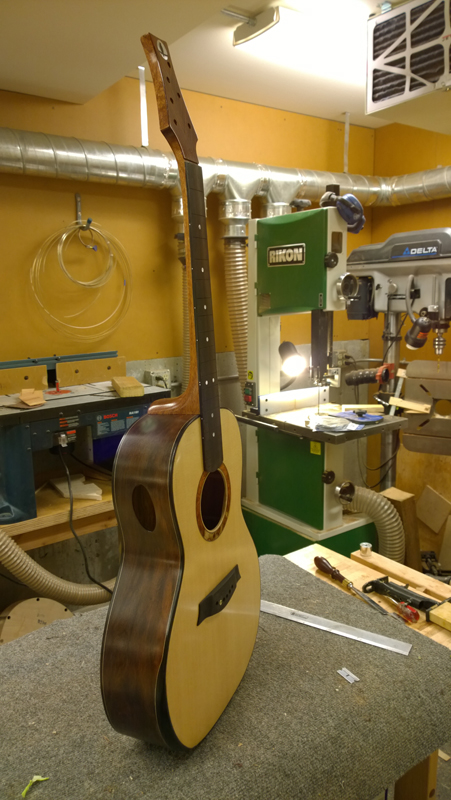
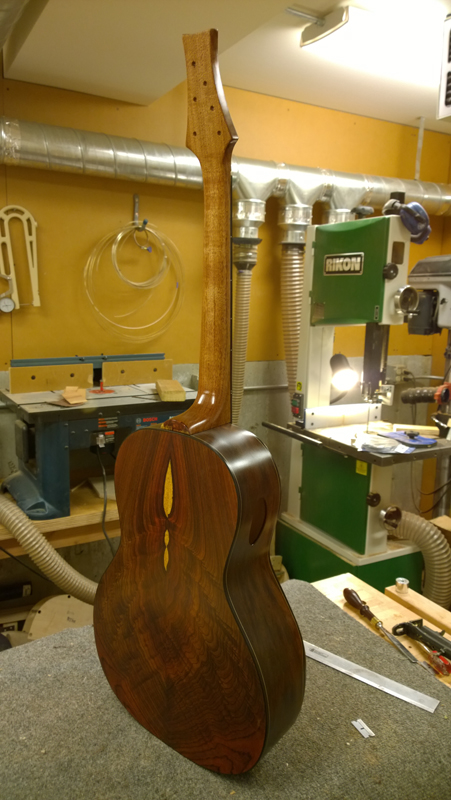
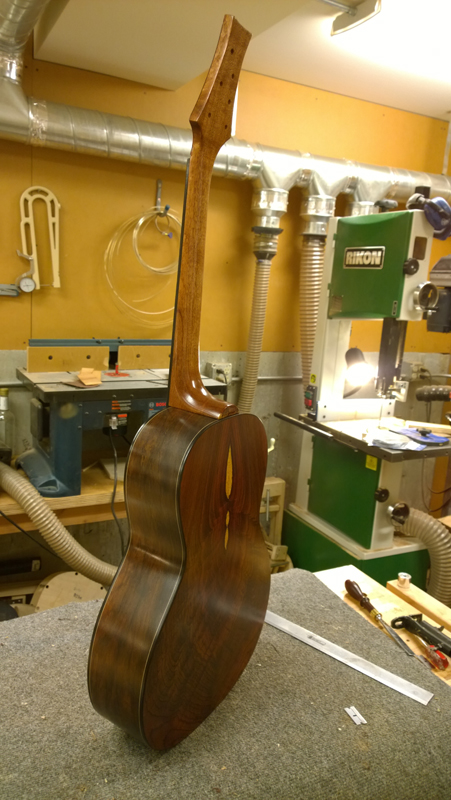
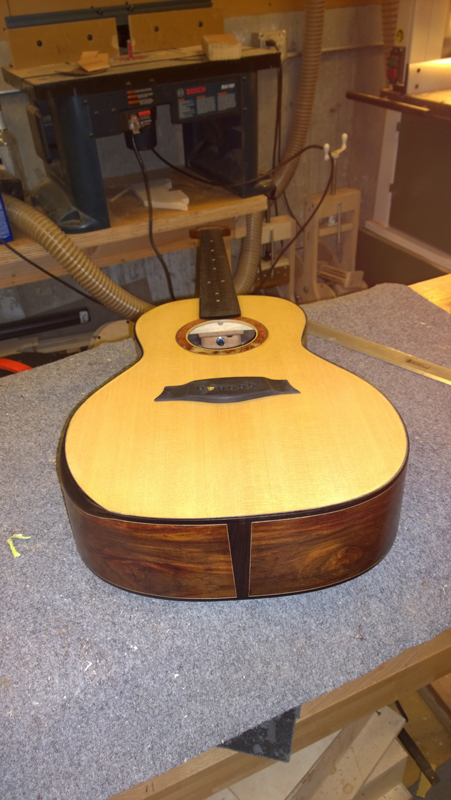
Thanks, I use a qualspray QS-125WB. It is considered a touch up gun, perfect size for a guitar. I am using 1.2 mm tip. I check the gun's set up each coat with a mil gauge before I spray. I try to stay around 3-4 mils wet. Until you get a feel and even afterwards the mil gauge is your friend; especially with EM6000. I just use a dewalts 15 gal compressor 5 SCFM at 90 psi, just enough to supply this gun.Phil wrote:Looking good! May I asked what kind of spray gun you are using with the EM6000? I have used the EM6000 on a few projects now and I like the fact that I can spray it in my shop (I do not have a spray booth) without the health and safety hazards of traditional lacquers. My spraying skill isn't great and I think I spray coats on way too heavy, but to be fair I am using a $20 HVLP gun from Princess Auto (which might be equivalent to Harbour Freight in the US, not sure) and a hardware store 5 gallon compressor. Eventually I would like to upgrade to a better gun, although I don't want to have to spend a fortune on a gun either.
Maybe I should expand my question to, what is your spray setup (including compressor)?
